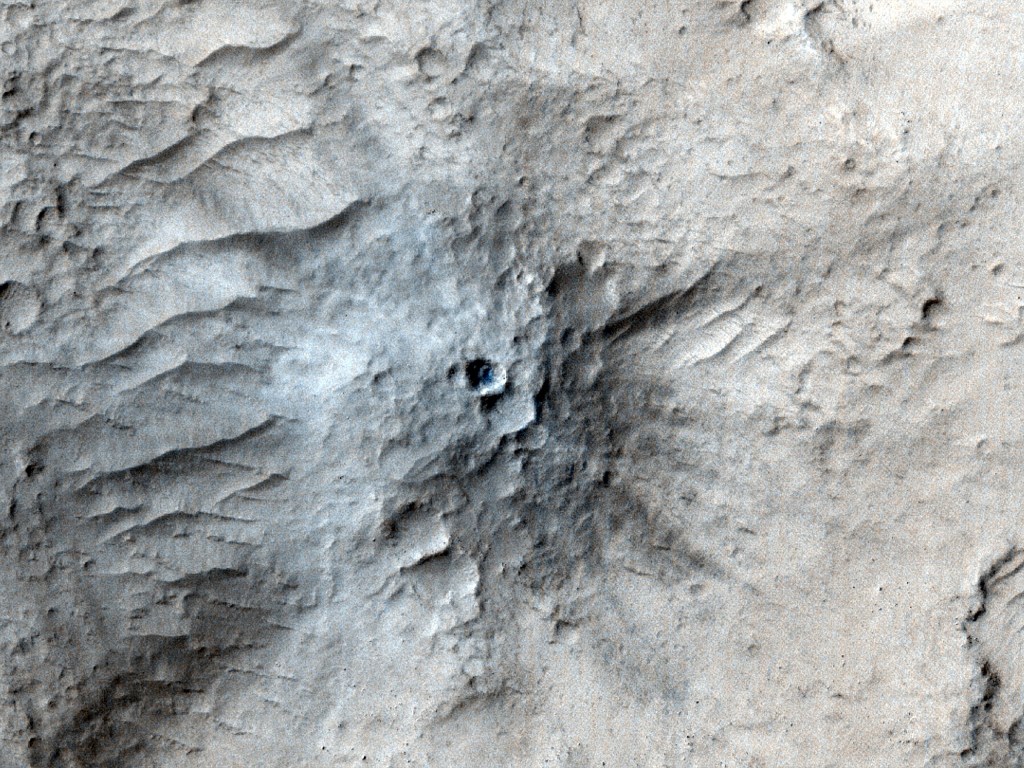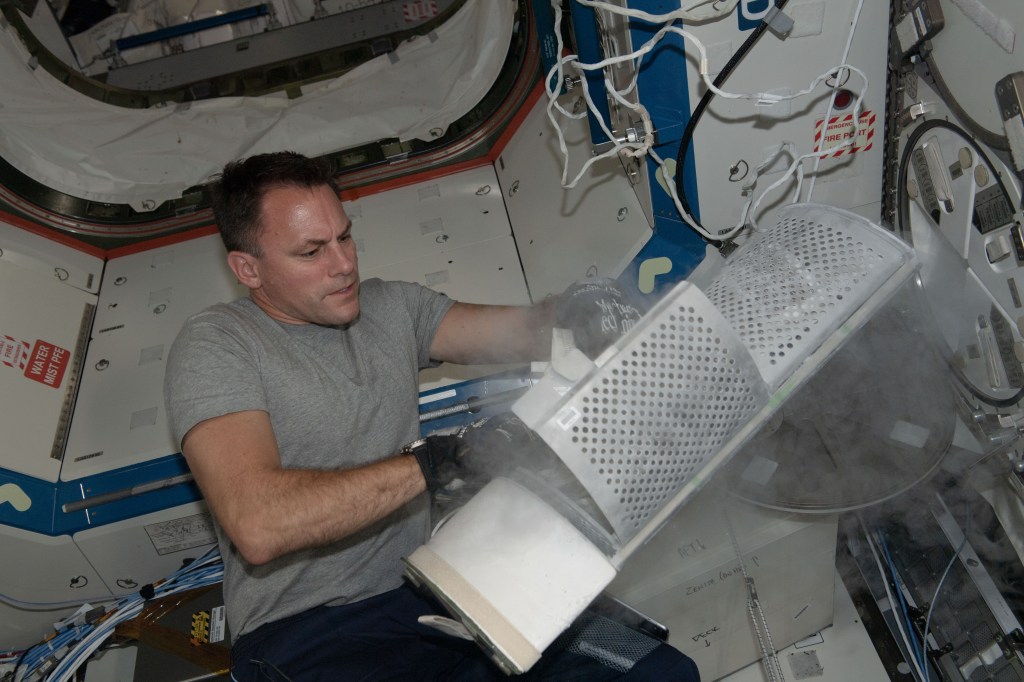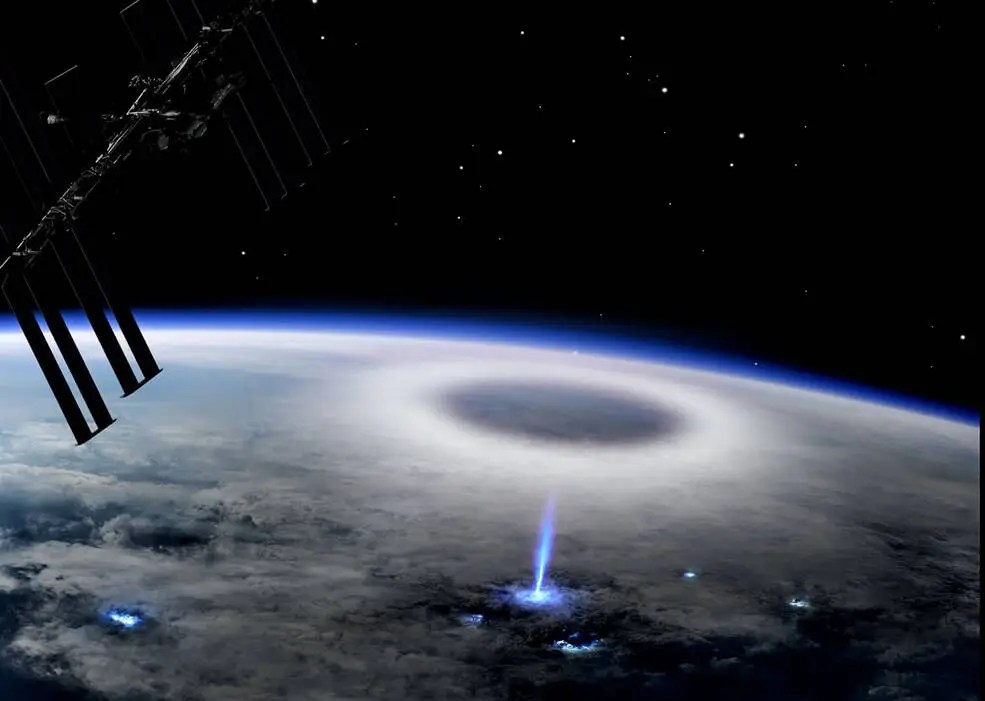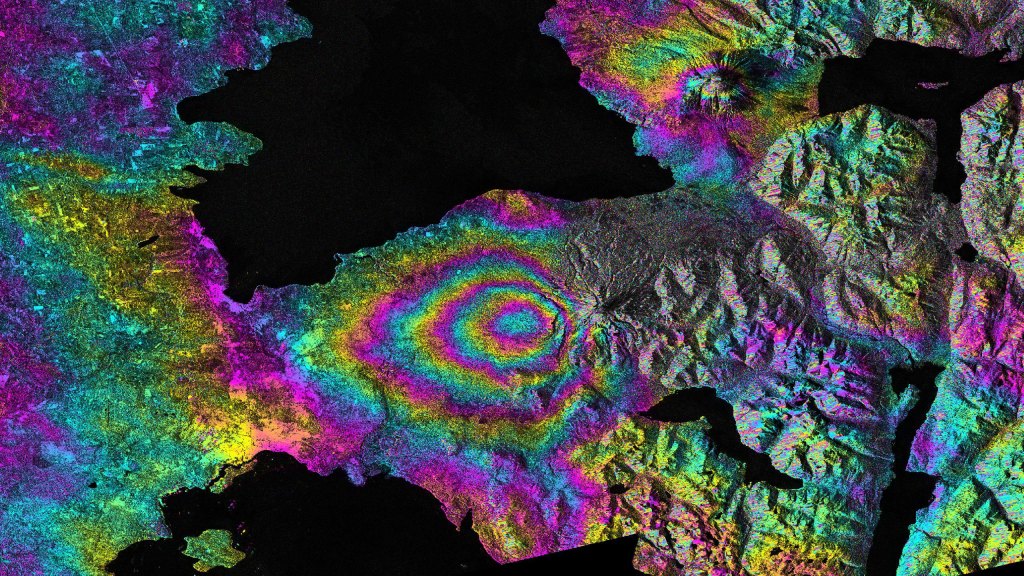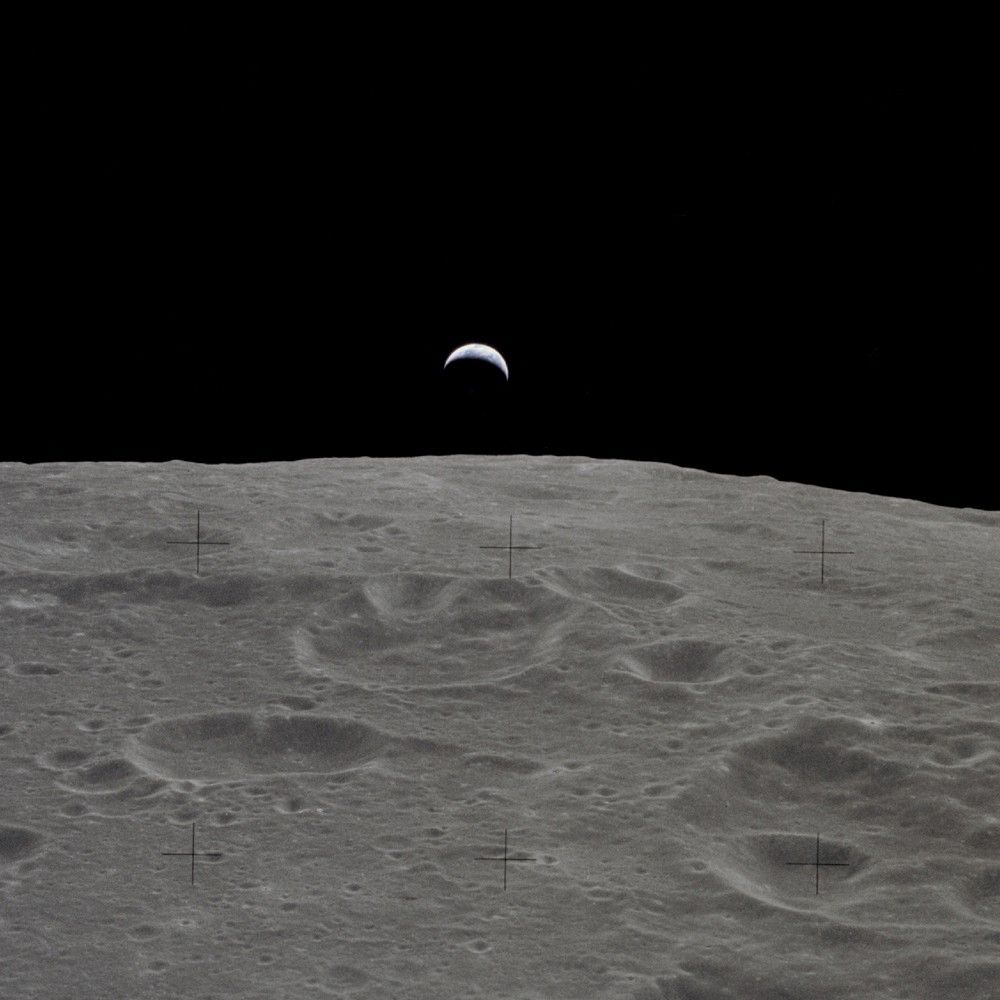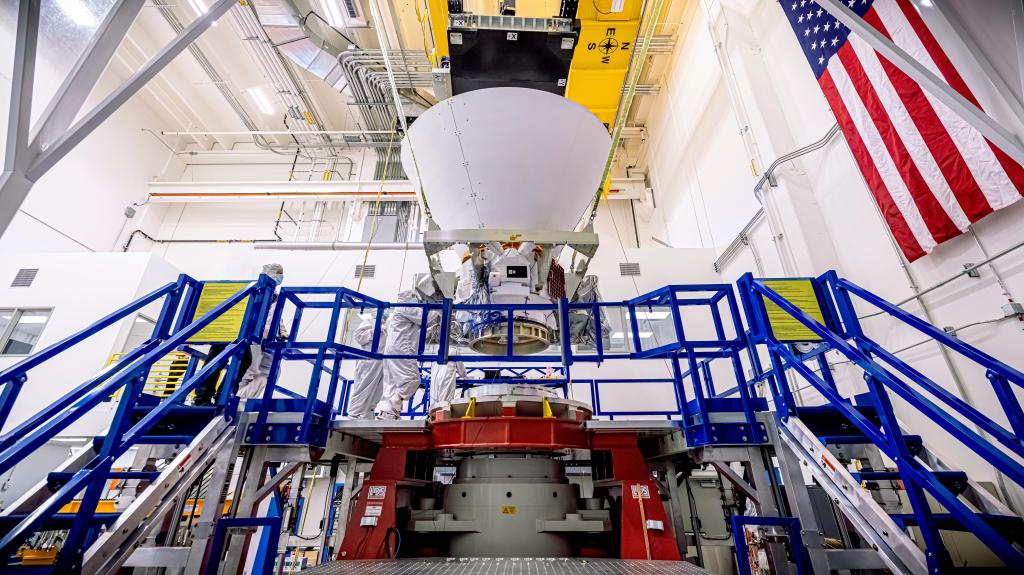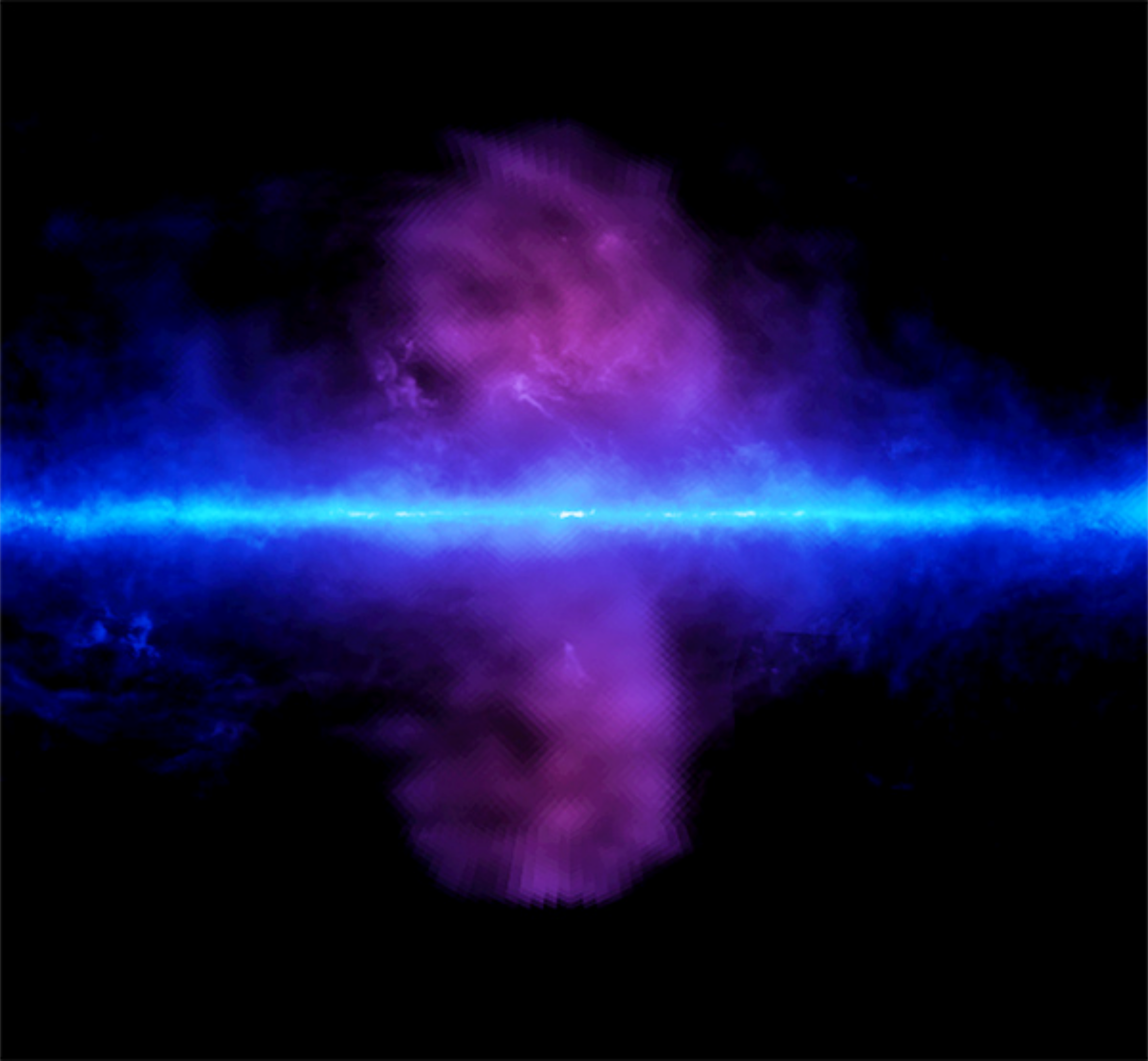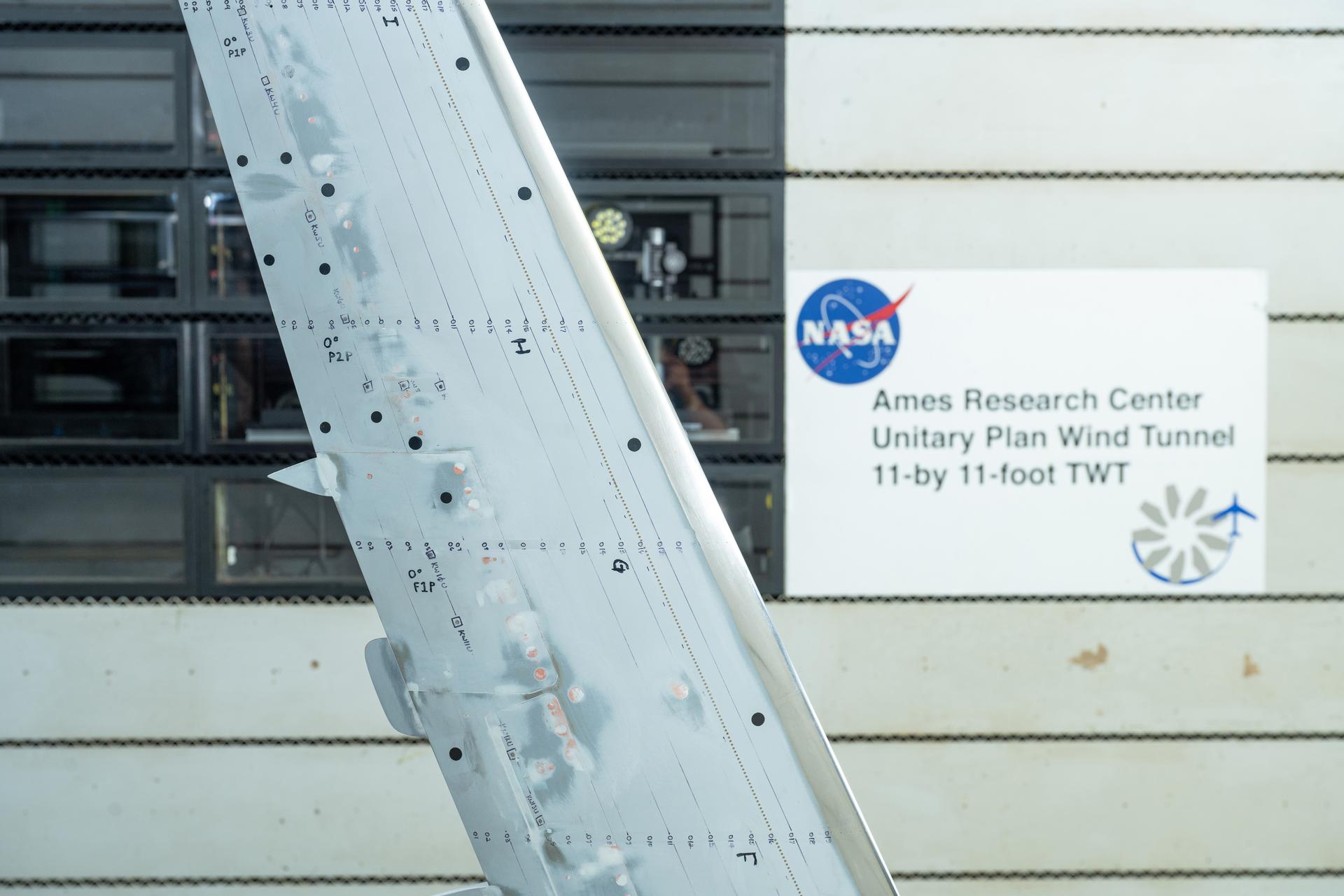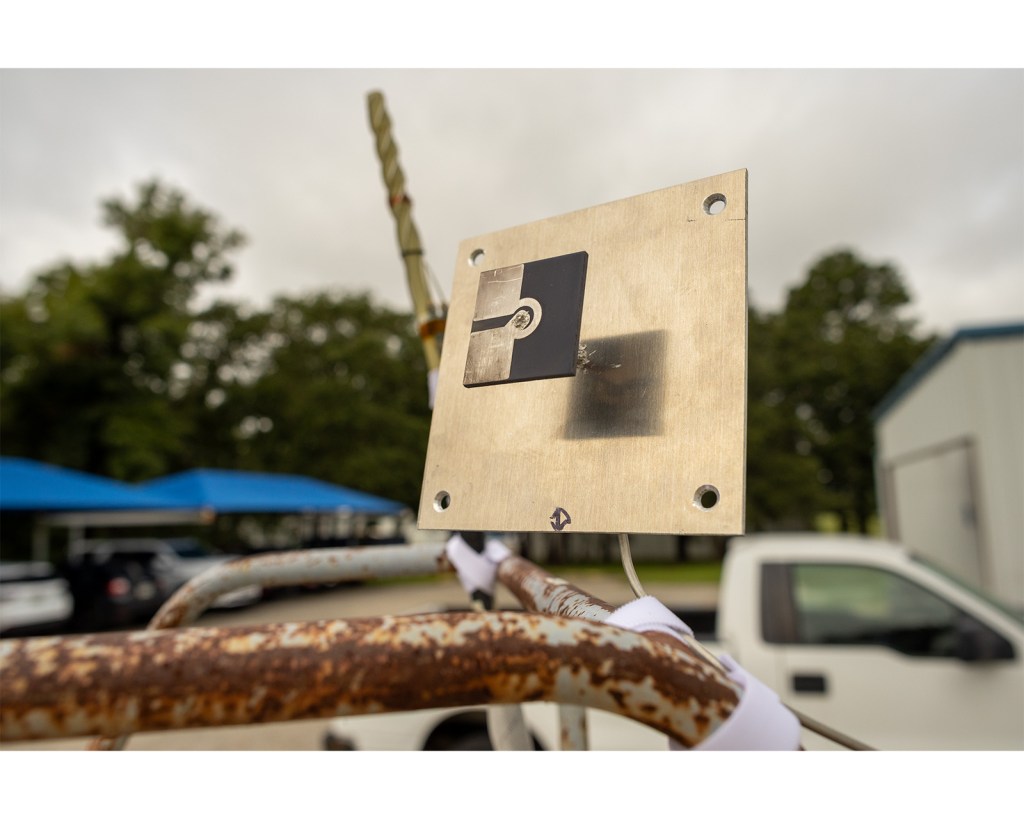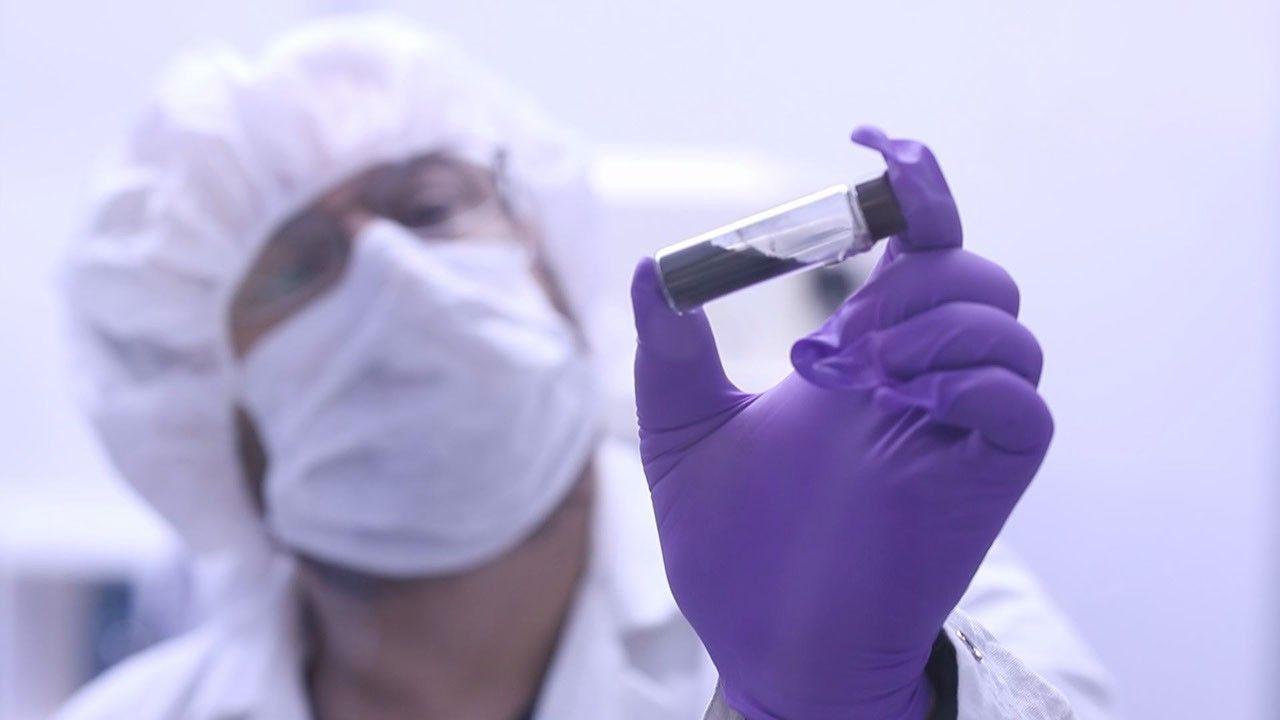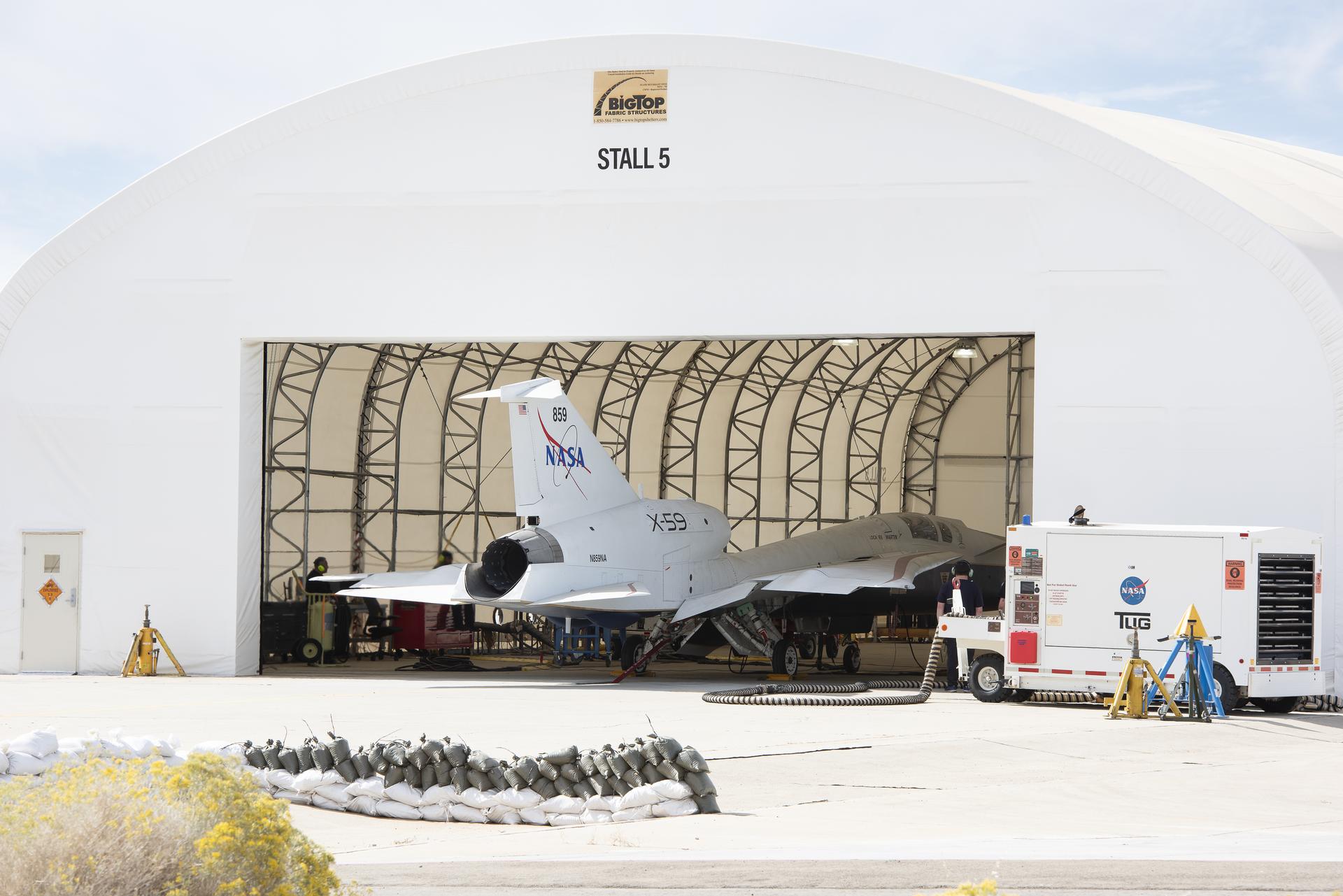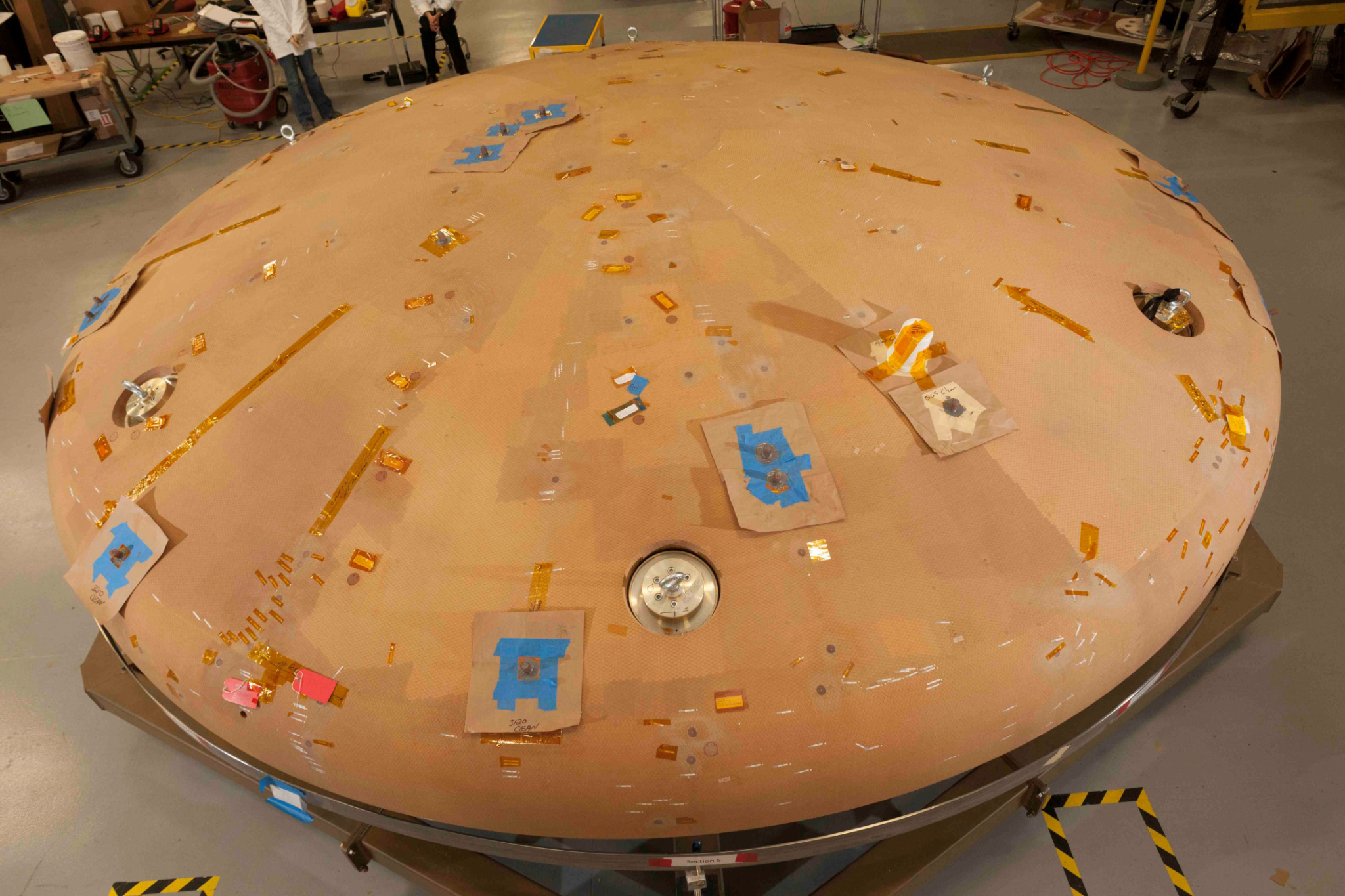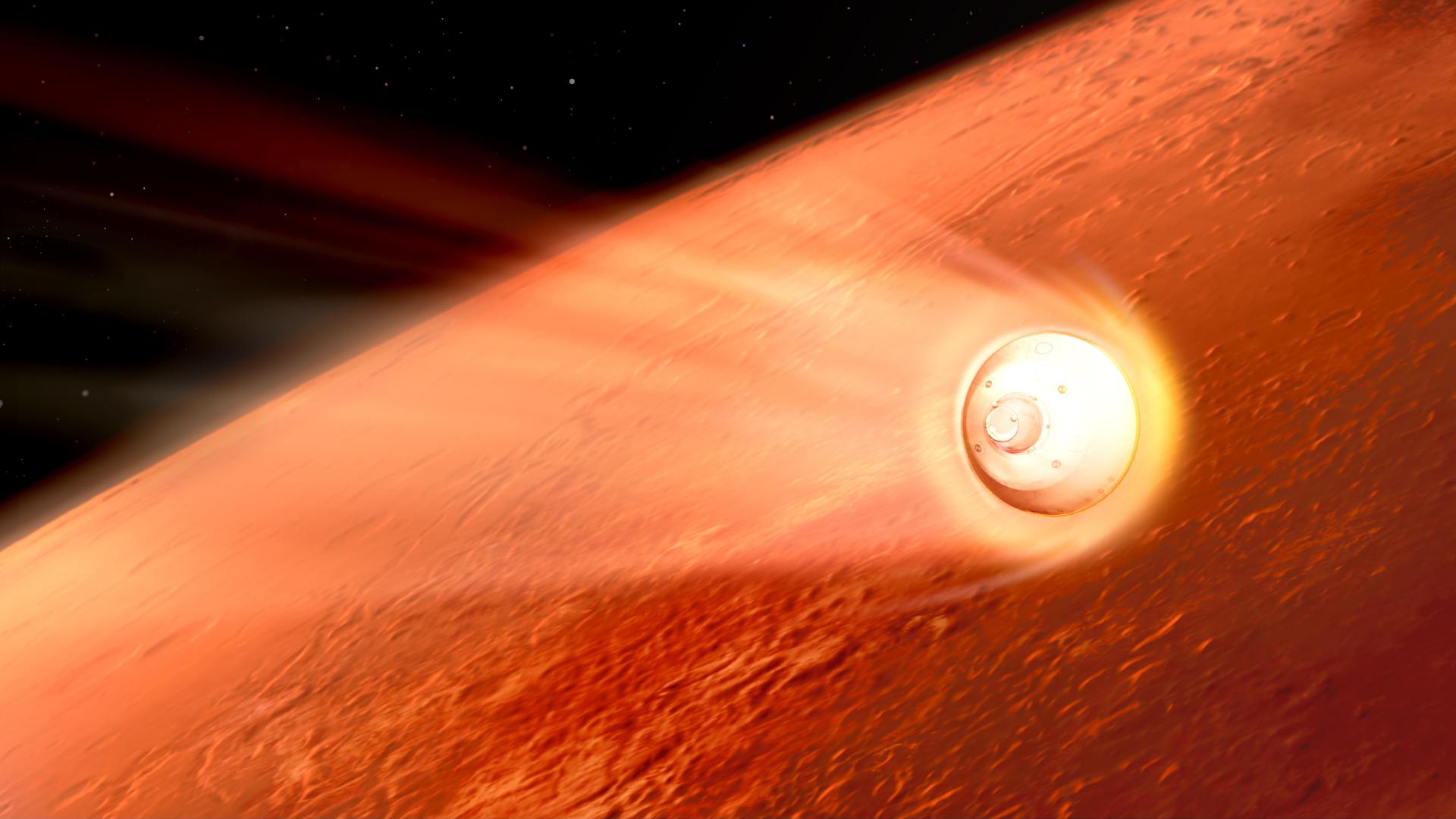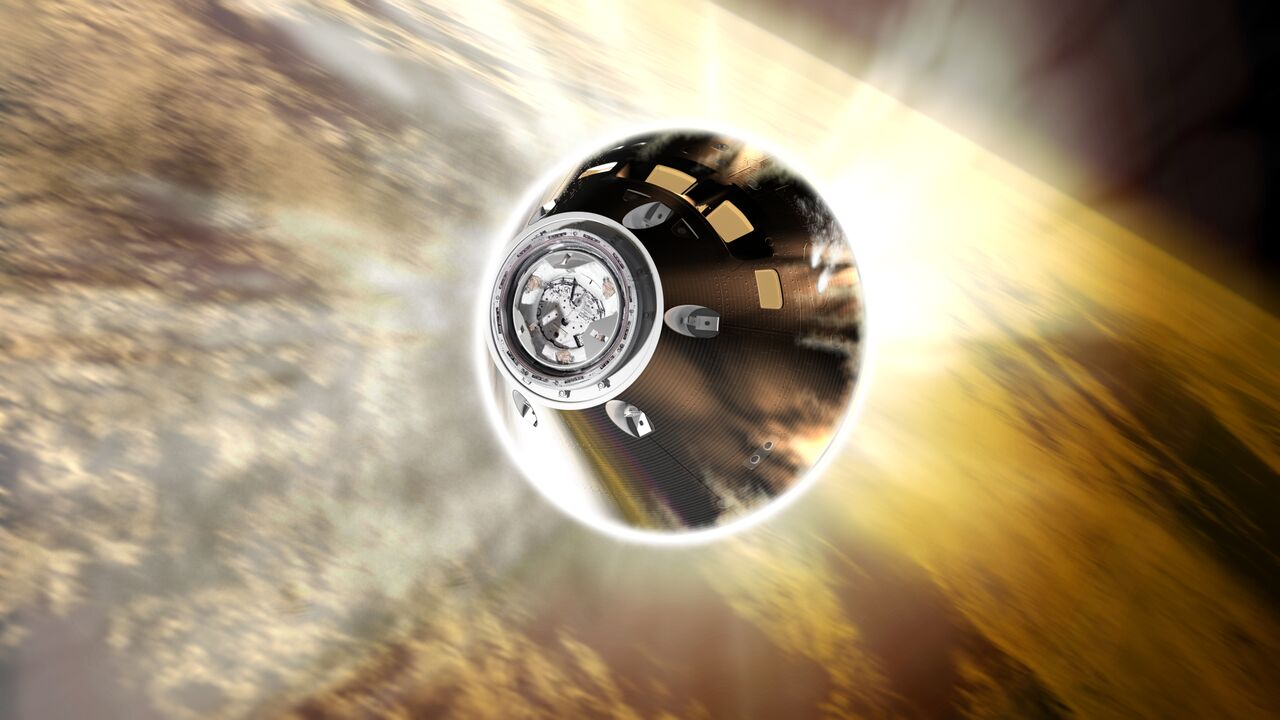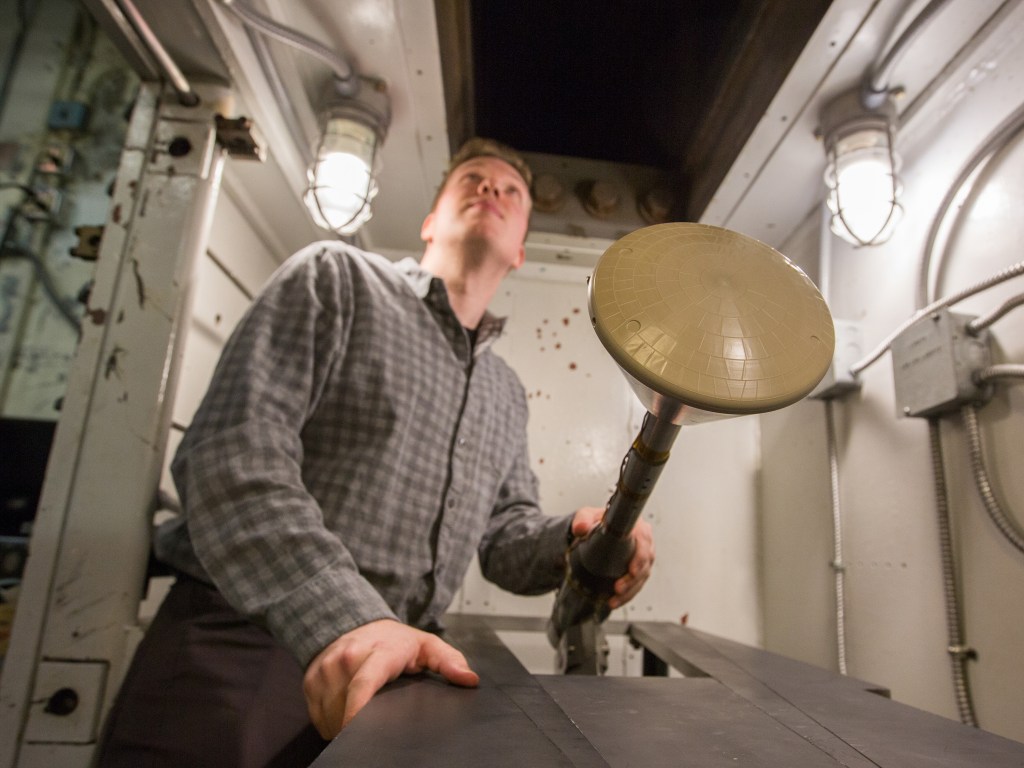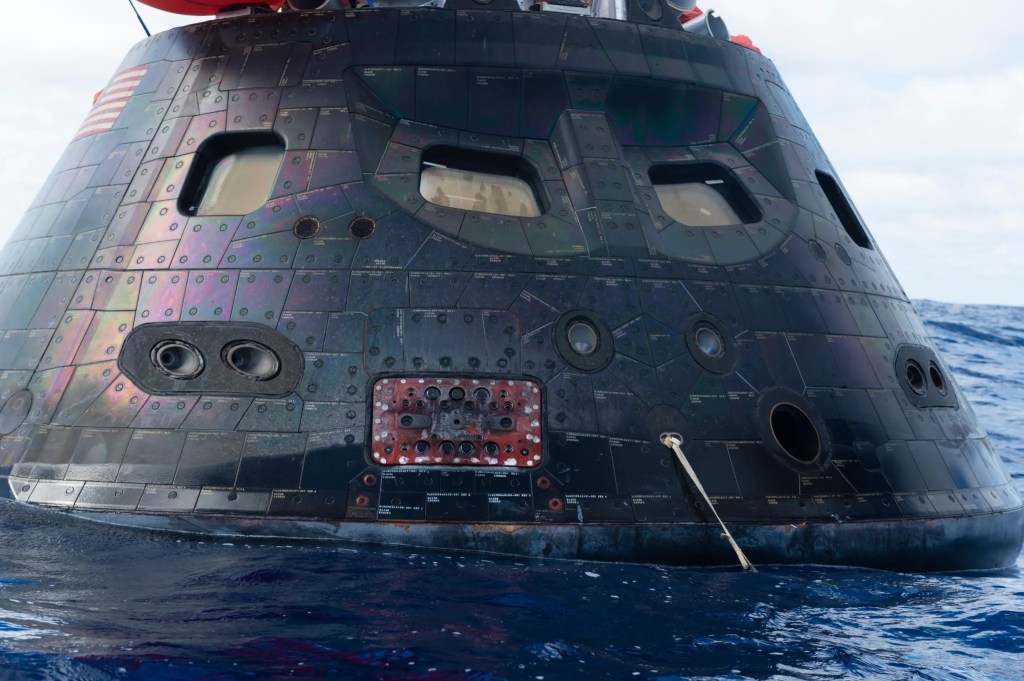Thermal Protection Systems

Contents
Introduction
Thermal protection systems (TPS) play an indispensable role in guaranteeing the safe return of spacecraft and their crews during atmospheric re-entry. As spacecraft hurtle back towards a planet’s surface, they encounter extreme thermal environments with temperatures reaching thousands of degrees Celsius. TPS act as a vital shield, absorbing and dissipating this intense heat, thereby ensuring the structural integrity and thermal protection of the spacecraft and its occupants during this critical mission phase. Effective TPS are a cornerstone of successful spaceflight endeavors, safeguarding human life and enabling the controlled return of spacecraft.
Johnson Space Center (JSC) stands out for its comprehensive capabilities in spacecraft thermal protection systems (TPS). JSC’s expertise spans the entire TPS lifecycle, from design and analysis using advanced modeling tools to rigorous testing and in-house manufacturing at the Thermal Protection System Facility (TPSF). This facility manufactures crucial components and the team offers expert installation, repair, and replacement services for spacecraft TPS. Furthermore, JSC utilizes world-class facilities like the Radiant Heating Test Facility (RHTF) that simulate extreme space conditions for meticulous testing of materials and systems. Additionally, the Charring Ablator Response (CHAR) software supports vehicle design, ground testing, and flight data analysis for thermal protection systems. This commitment to innovation across design, analysis, manufacturing, testing, and software tools ensures the structural integrity and thermal protection of spacecraft during critical mission phases.
We invite our partners to leverage our capabilities in thermal protection subsystems to push the boundaries of space exploration and ensure the safety of human spaceflight.
Materials and Development
Thermal Protection System (TPS) Development for Entry, Descent, and Landing
Overview | Entry, Descent, and Landing (EDL) expertise is available for successful Thermal Protection System (TPS) design, analysis, testing, and manufacturing.
Details |
- Analytical simulation/prediction, independent modeling, and model validation
- Standards and specifications development
Thermal Protection System Facility (TPSF)
Overview | Located at Kennedy Space Center (KSC), the Thermal Protection System Facility (TPSF) manufactures ceramic tiles, blankets and thermal barriers for NASA and commercial space vehicles. Previously, the facility manufactured these items for the Space Shuttle Orbiter. Currently, they manufacture TPS for the Orion capsules and the Sierra Space DreamChaser. The staff also install, repair, and remove and replace TPS items on space vehicles.
Details | The Thermal Protection System Facility (TPSF) has several ovens for heat cleaning, sintering and waterproofing TPS materials. Several mills with dust collectors are also available for machining TPS materials such as ceramic tile and ablative materials. Billets of the tile material are cast and sintered onsite; the tiles are then machined and coated. Gap fillers that are used in the gaps between tiles are also fabricated. The soft-goods shop fabricates thermal barriers, high-temperature blankets, and multi-layer insulation blankets. Large sewing machines are available for fabricating the blankets. The staff are highly trained and skilled in all aspects of TPS fabrication, installation, and flight vehicle operational support.
Charring Ablator Response (CHAR)
Overview | Charring Ablator Response (CHAR) supports vehicle design, ground testing, and flight data analysis for Orion and CCP. ITAR Licensed across industry, mostly supporting defense and civil space.
Details | CHAR has general thermal analysis capabilities; it is most used to simulate both re-usable and ablative thermal protection systems. CHAR can run on serial and distributed memory parallel computer systems. Within NASA, it has been used to support Commercial Crew and Orion designs and post-flight data analyses. CHAR has 75 licenses across government, industry, and academia.
Structural Engineering Domain Work Area (SEDWA)
Overview | The Structural Engineering Domain Work Area (SEDWA) provides a research and development environment for docking, deployable structures, external doors, hatches, spacecraft windows, and thermal protection.
Details | SEDWA has 3 work areas:
- The Electro-Mechanical Development Area used to conduct R&D on docking, deployable structures, external doors, and hatches
- The Spacecraft Window Inspection laboratory is used to explore, develop, and test materials used in the fabrication of space windows. It is also used to properly process spacecraft window flight hardware, and for hands on window handling training
- The Home for Entry Decent & Landing Assembly and Testing (HEAT) which tests and develops material for the next generation of human spaceflight vehicle thermal protection
Testing
Radiant Heating Test Facility (RHTF)
Overview | The Radiant Heat Test Facility (RHTF) provides for simulation of the heating experienced by spacecraft as they enter planetary atmospheres. The facility provides the capability to perform multi-zone, high-temperature, radiant heat testing of large spacecraft thermal protection systems and associated structures in a controlled pressure environment to simulate entry thermal profiles, thermal gradients, and pressures.
Details |
- Basic material testing and screening
- Development testing – gaps, seals, and attachments
- Clipped hardware
- RCS nozzles, antennas, instrument penetration, windows, and hatches
- Sustaining Engineering
- Orbital debris
- Design changes
- Recertification of materials
- Simulation
- Ascent heating and pressure decay
- On-orbit cold soak
- Reentry heating and pressure
- Uniquely shaped large scale system tests
- Nose cap
- Wing leading edge
- Small scale tests
- Materials screening
- Conductivity testing
- Advanced materials

